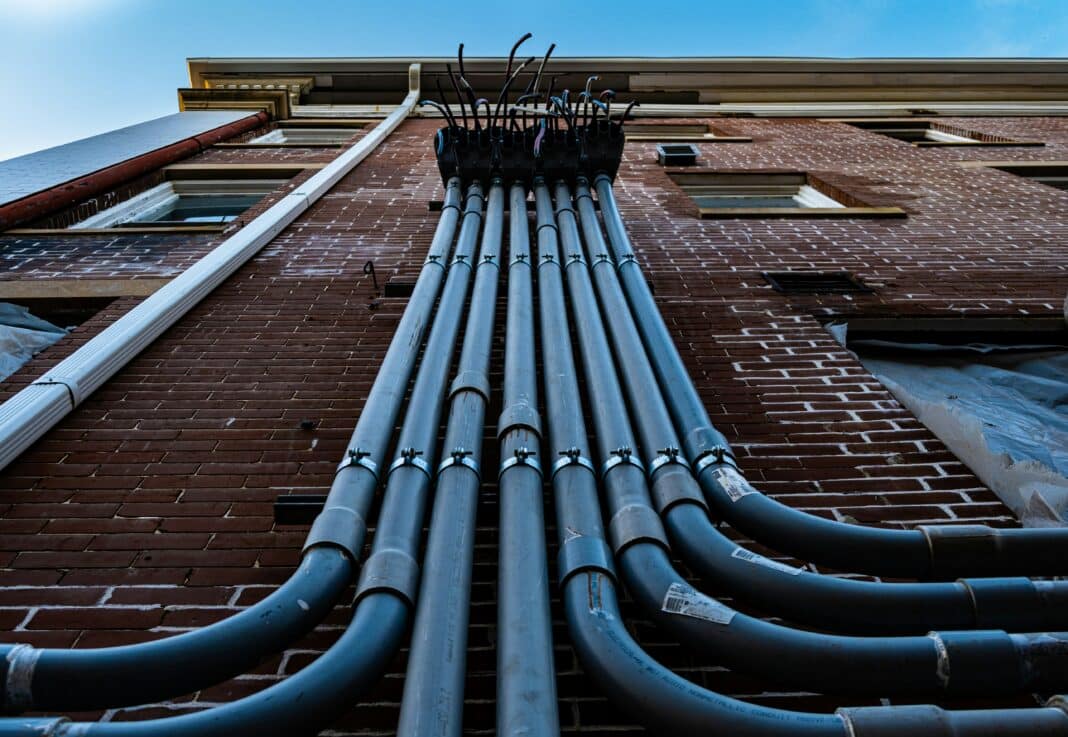Pipeline inspection is essential to ensuring the integrity and safety of piping networks. There are several different inspection procedures that can be used, each with its own unique advantages and limitations.
Visual inspection involves examining the external surface of a pipe to identify corrosion or other damage. This method is suitable for on-stream inspections and can be used alongside other non-destructive examination (NDE) techniques.
Designed to operate on land or in water, the Roview2 is the first wireless crawler to provide full HD video feedback and to allow for the integration of different sensors. Its powerful lighting and 4K camera can easily access even the most confined environments, eliminating the need for human intervention and significantly reducing inspection costs.
The Roview2 is also unique in that it can navigate on water, allowing access to submerged pipes. This feature reduces the risk of blockages and ensures uninterrupted inspection. In addition, the Roview2 is extremely lightweight and can be operated flexibly in difficult environments.
Finally, the Roview 2’s crossing capacity is remarkable, as it can easily overcome obstacles such as debris, roots and faulty joints. These features make it a great ally for conducting inspections in harsh environments.
Navigation on Water
Pipeline inspections should be performed regularly, as these assets often reach the end of their design lifetime and are susceptible to structural failure. These pipelines provide crucial infrastructure for transporting energy to areas that need it.
This underground pipe inspection technique involves measuring wall thickness to detect thinning, corrosion, erosion, and other types of deterioration. The results of this analysis can help a pipeline engineer determine whether the remaining wall thickness is sufficient for safe operations.
During this inspection, it is important to survey the condition of piping hangers and supports. Cracked or broken hangers, spring support “bottoming out” and displaced support shoes should all be noted and corrected to reduce the risk of vibrations and potential damage.
Understanding API 570 is essential for professionals working in the field of piping inspection and maintenance. By leveraging the latest advancements in piping inspection technology, engineers can ensure their facilities are safe and efficient. This will help to protect the environment and improve the safety of their employees, customers, and communities.
Wireless Crawler
The wireless crawler is a highly advanced robotic inspection system capable of accessing hard-to-reach pipes and areas. The device can travel a total of 5000 feet inside pipelines and conduct visual inspection, as well as perform non-destructive testing (NDT).
During an inspection, the operator guides the crawler robot using a remote control from a safe distance. The operator then monitors real-time data or images of the area being inspected. The information is then transmitted to the surface where the operator analyzes it to identify problem areas that may require closer examination.
In addition, the device can be fitted with additional equipment to further enhance its capabilities. These include specialized sensors for measuring environmental conditions and tools for conducting in-situ repairs. It is also equipped with a navigation and mapping system that allows it to efficiently navigate complex environments. This enables the operator to quickly and accurately pinpoint areas of concern. This information is then used to develop an effective plan of action for addressing the issues identified.





